Guide to Lucena the Pearl of Sepharad also known as Jews City in Cordoba province, Andalucia
By Nick Nutter | Updated 15 Mar 2022 | Córdoba | Villages |
Login to add to YOUR Favourites or Read Later
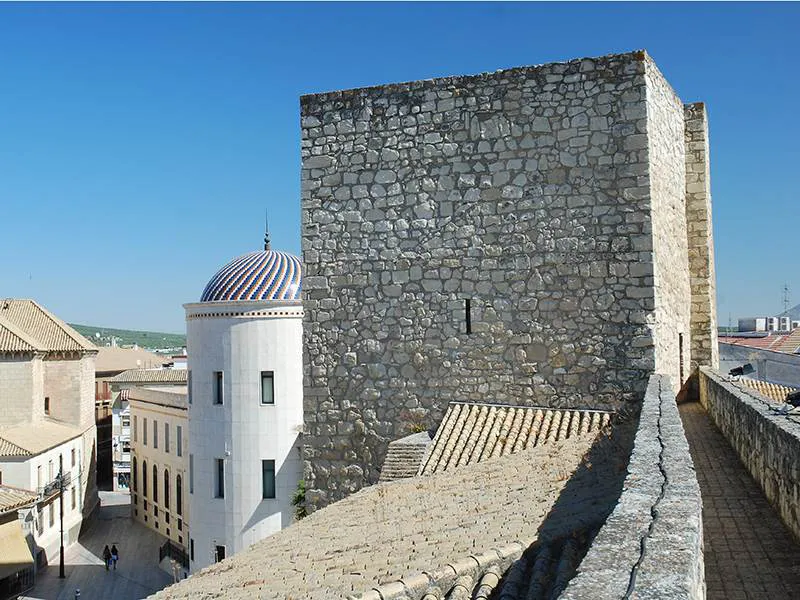
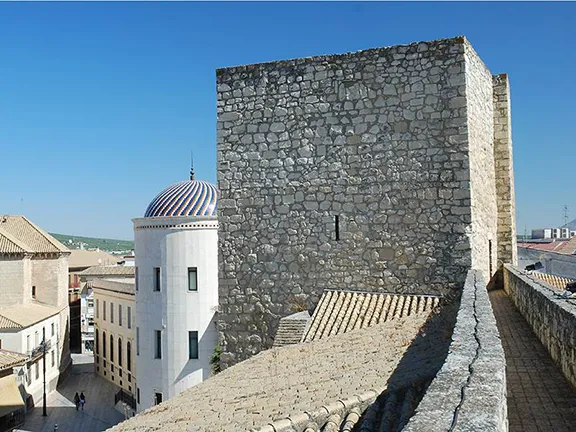
Lucena Castle
Lucena, one of the most important towns in the province of Cordoba, has its roots in the early centuries AD. Jewish immigrants, expelled from Rome by Tiberius, Caligula and Claudius between 14 AD and 54 AD, and those dispossessed and persecuted following the Jewish – Roman wars of 66 – 135 AD, emigrated to different parts of the Roman Empire. Many came to Spain and by the 10th century, constituted one of the largest and most prosperous communities in the world. Eliossana, established by Jews in the 1st or 2nd century AD, was nicknamed the ‘Jew’s City’, because, for the first few hundred years of its existence, it was inhabited entirely by Jews. It was known as the ‘Pearl of Sepharad’.
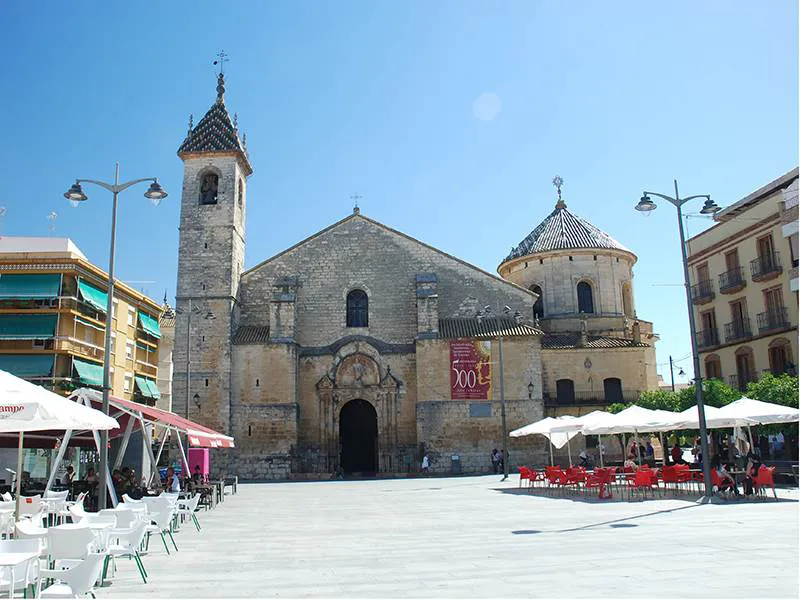
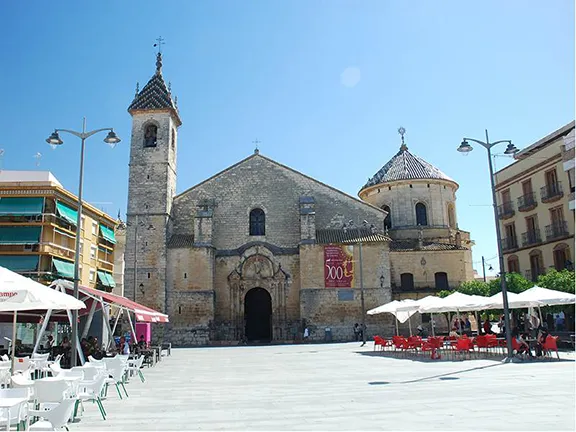
By the early 4th century, the Jewish population in Spain was such that the ecclesiastical Synod of Elvira felt obliged to issue decrees addressing proper Christian behaviour in relation to Jews and, incidentally, banning marriage between Jews and Christians. The Visigoths were not as tolerant as the Romans and took measures to suppress them culminating in 694 when the Council of Toledo condemned Jews to slavery.
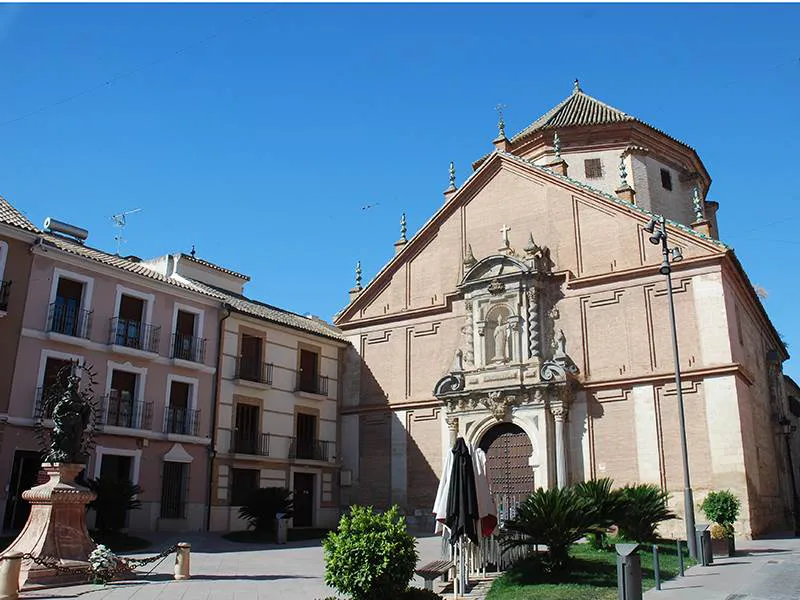
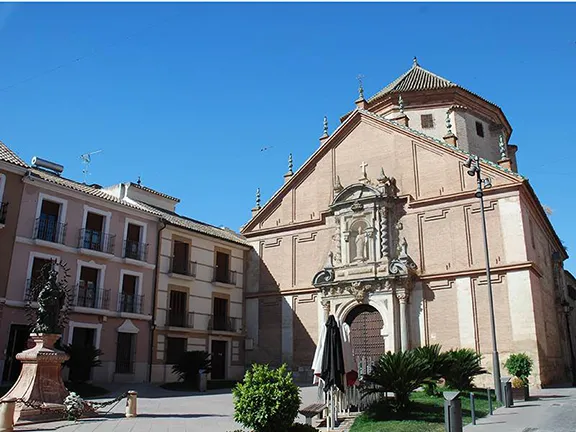
It was therefore something of a relief to the surviving Jewish population when the Moors arrived in the early 8th century. The town was then known as Al-Yussena. For the next three hundred years, Al-Yussena prospered. The Jews lived within a walled town with their own Council of Elders, whilst the Muslims and others lived outside the walls. The Jews earned their living from olive groves, vineyards, agriculture, commerce and crafts, including gold and silver work and, according to Ibn Hawqual, a Muslim traveller in the tenth century, a rather quaint industry; castrating slaves to sell to the Muslim leaders.
This ‘Golden Age’ for Jews in Spain started to tarnish after the Granada massacre of 1066. An anti-Jewish pogrom was instigated after a Moorish mob had stormed the Royal Palace and crucified the Jewish vizier, Josef ibn Naghrela and killed much of the Jewish population of the city. The Granada massacre was one of the earliest signs of a decline in the status of Jews, which resulted largely from the penetration and influence of increasingly zealous Islamic sects from North Africa. Oppression increased when the ascetic Almoravides came to power. Jews were required to convert to Islam. The Jewish population of Al-Yussena avoided this particular ignominy by bribing their way out of trouble. So, whilst many Jews in Al-Andalus migrated north to the Christian held territories, Al-Yussena continued to prosper.
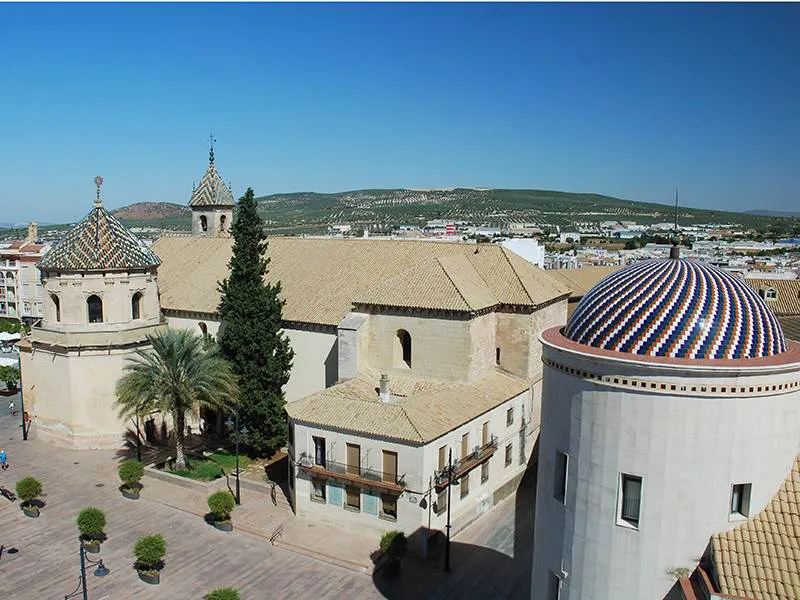
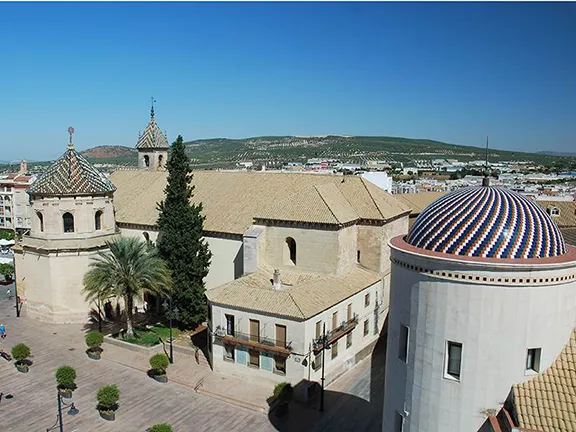
Iglesia San Mateo Lucena
In 2006 a Jewish cemetery was unearthed on the south edge of town. The cemetery contains tombs from the 8th century to about 1050 AD.
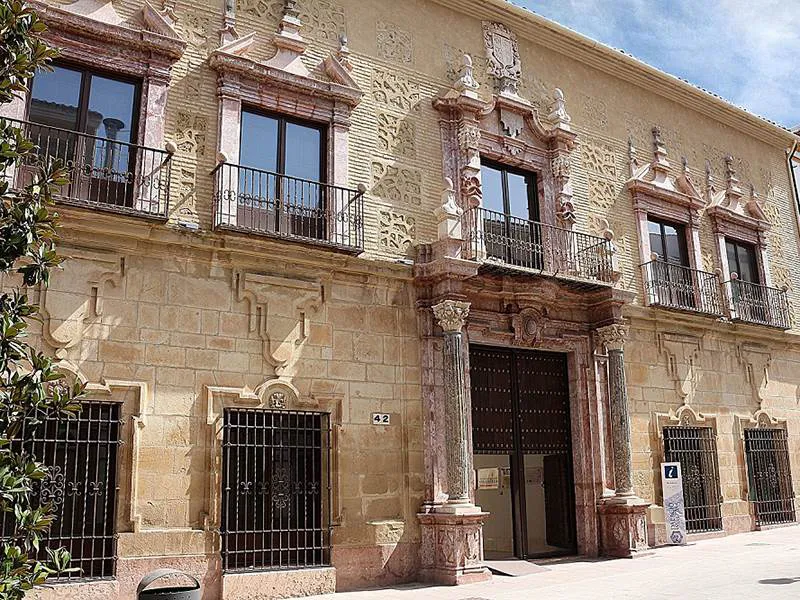
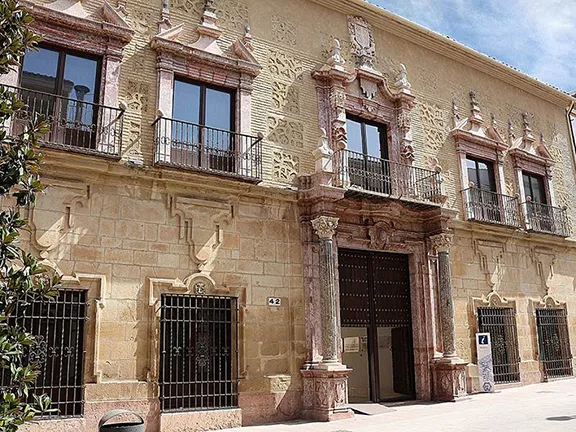
Palacio de los Condes de Santa Ana
In 1240, Christian forces led by Ferdinand III took Al-Yussena. Lucena, as it became known, underwent two hundred years of turmoil. In 1241, the King ceded the town to the council, the Church of St. Mary and the Bishop of Córdoba, sharing out its hills and farms among the soldiers who had conquered it. In 1331 Lucena was destroyed in an attack by Mohammed I. The town then found itself involved in the civil wars between Don Enrique of the house of Trastamara, and Peter the Cruel, the king of Castile and León. It was returned to the Crown in 1371. For the next hundred years, Lucena was attacked several times by the Kingdom of Granada, still held by the Moors and it was not until 1483 that King Boabdill of Granada was captured by the Lord of Lucena and the Count of Cabra and imprisoned for some time in the Moral de Lucena Castle.
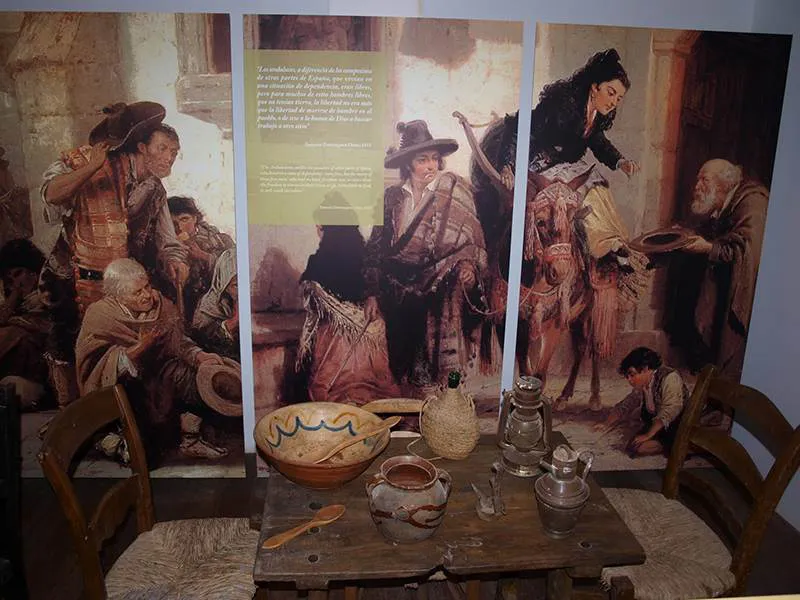
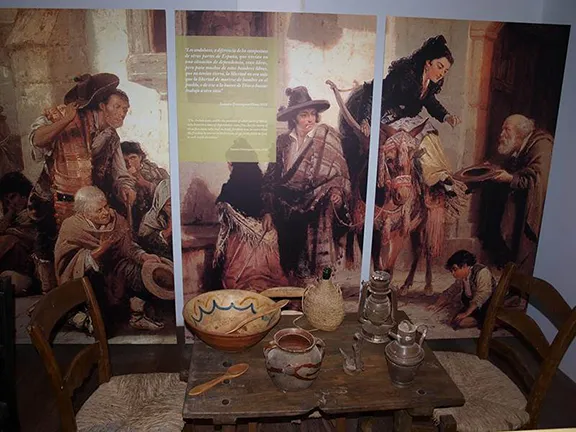
Centro Temático del Bandolerismo Romántico
Peace descended on Lucena and it once again began to prosper, returning to its economic roots, the olive, wine and agriculture under the Córdoba based Fernandez family. In 1728 the town council started a protracted legal action to become independent of the Fernandez family, an action it finally won in 1770.
Today Lucena has a core consisting of the old town surrounded by an urban area with the occasional Baroque style mansion. There are plazas and parks and numerous churches. The very attractive centre of town is largely hidden by the outskirts that consist largely of furniture factories for which Lucena is famous.
Originally dating to the 8th century and remodelled in the 14th and 15th centuries, Lucena Castle is situated in the heart of the town. It contains the archaeological and ethnological museum of Lucena. This is one of the best museums of its kind in Andalusia.
Currently housing the Municipal Library, this seventeenth-century palace is within the old Jewish quarter and formerly belonged to the Soto Flores family. In 1797, the house was inhabited by Miguel Álvarez de Sotomayor and Álvarez de Sotomayor, Count of Hust, writer and descendant of the Flores de Negrón.
The Palacio de los Condes de Santa Ana is considered one of the best examples of 18th Century architecture in Lucena. Construction was started by the Mora-Saavedra family, between 1730 and 1750. In addition to its magnificent facade, its architecture includes two patios, the second of these porticoed, and a beautiful staircase, crowned with a curved ceiling, attributing its style to two of the last Lucentino masters, Francisco José Guerrero and Pedro de Mena Gutiérrez.
Lucena is reputed to be the birthplace of the bandit, Jose Maria, otherwise known as ‘El Tempranillo’. In true Spanish style, these murderers, rogues and bandits have been romanticised. They came into existence as a result of huge social inequalities during the 18th and 19th centuries and whilst some had little choice but to turn to banditry to survive, others were violent outlaws. Into which category El Tempranillo falls, you can decide for yourself. The museum attempts to present an unprejudiced account of the historical, political and social reasons why banditry became such a social phenomenon.
The Museum of Antique Automotives is positioned in the second hangar of the RENFE train station. The building is the best-preserved example of nineteenth-century industrial architecture in the town. The sample of cars, motorcycles and parts related to the old automotive industry are not permanent exhibits but rotate monthly so that visitors can see different vehicles owned by the members that make up the Association.
Just outside the town of Lucena is the Cueva del Ángel, Cave of Angles. Excavations began in 2004 and have produced evidence of humans between 200,000 and 350,000 years old, predating Neanderthals, so probably Homo heidelbergensis. Excavations in 2016 unearthed a stratigraphic profile presenting stone artifacts and fauna remains suggesting an age of 500,000 years old. The site is as significant as those at Atapeurca. Work at the site continues each year.